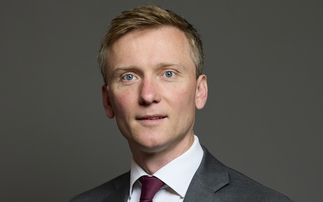
In this month's 'four graphs explaining' series from Professional Pensions' sister title Investment Week, our experts consider fixed income.
Michael Cross HSBC Asset Management chief investment officer (fixed income) The difficult near-term growth/inflation trade-off is rightly concerning fixed income investors, and it will be some...
To continue reading this article...
Join Professional Pensions
Become a Professional Pensions Lite Member today
- Three complimentary articles per month covering the latest real-time news, analysis and opinion from the industry
- Receive important and breaking news stories via our two daily news alerts
- Hear from industry experts and other forward-thinking leaders
Are you a trustee, investment consultant or in-house pension and benefit scheme professional? You can apply for full complimentary access here








